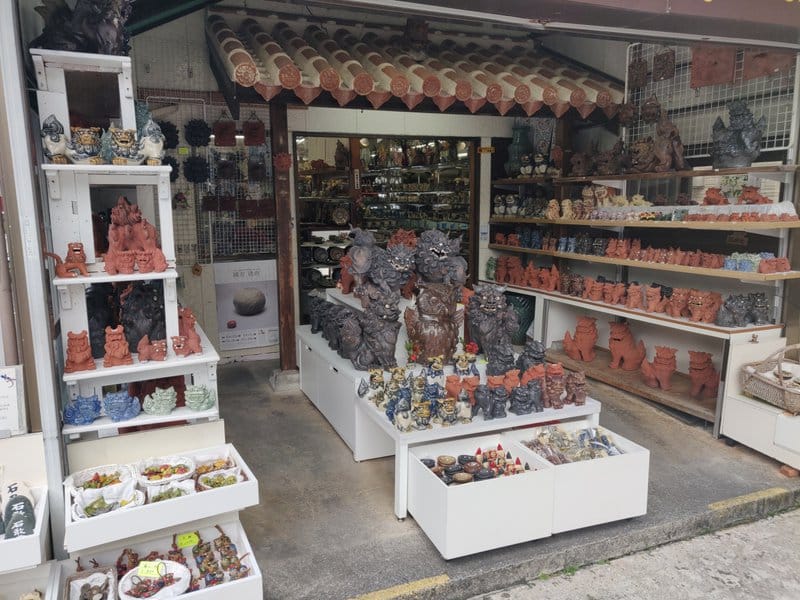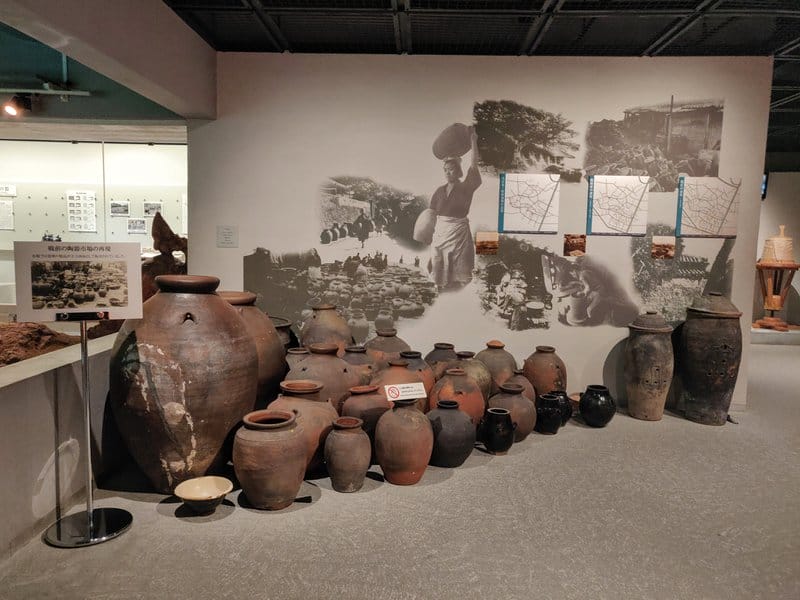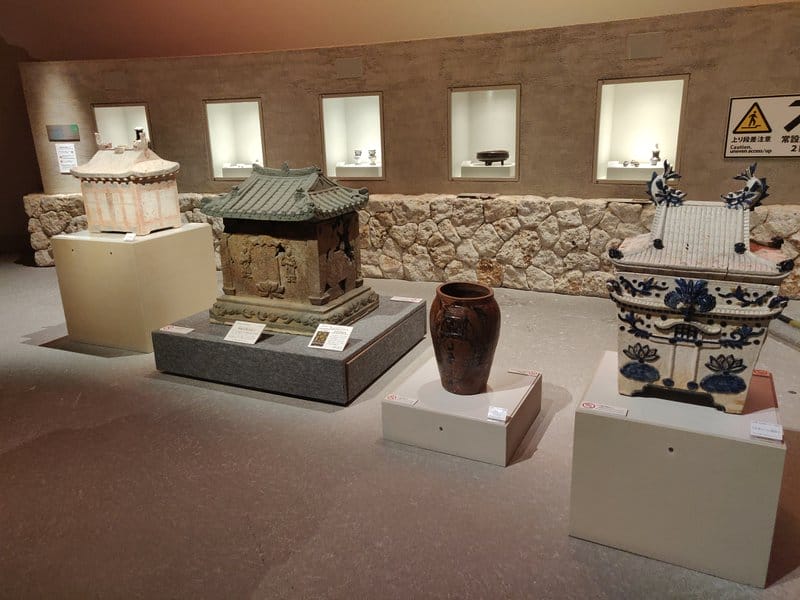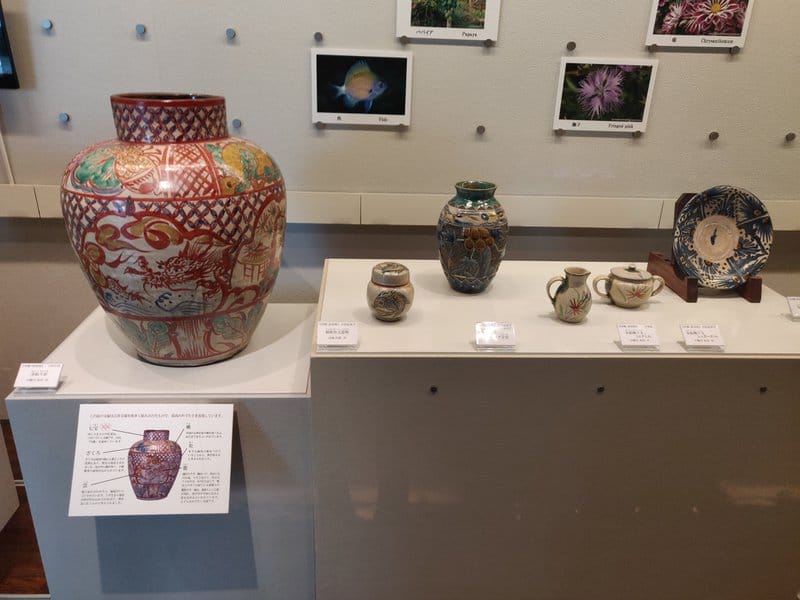Tucked just five minutes off Kokusai-dōri, Tsuboya’s stone-paved Yachimun Street feels more like a living gallery than a shopping lane. Roughly twenty studios and boutiques squeeze into its 300-metre curve, shelves spilling over with shisa guardians, playful sake cups and bold enamel jars. Its a world away from the tourist themed Kokusai street with all it's bright souvenirs and makes a great place to shop for high quality gifts.

The district’s roots run deep. In 1682 King Shō Tei ordered potters from three scattered villages to relocate here, lured by plentiful clay, groundwater and handy slopes for climbing kilns. Many of those craftsmen were Korean specialists invited a few decades earlier to revitalise Ryukyuan ceramics after trade disruptions. Their hybrid techniques birthed Tsuboya-yaki’s two signature styles: rugged unglazed arayachi storage jars and brightly glazed jōyachi tableware, both still fired with locally dug red clay today.

Remarkably, this pocket of pre-war Naha escaped the 1945 bombardments, so you can still spot weathered stone walls and the single-chamber Fē nu Kama kiln—gifted by the king, fired for nearly three centuries, now preserved beside the excellent Tsuboya Pottery Museum.

The museum has two floors and we'd recommend getting the English audio guide as most exhibits are in Japanese though there are some English explanatory videos on the second floor. There's some amazing exhibits with centuries old ceramics and shisa worth viewing. When you're done it's a great place to wonder down the street and pickup some authentic examples of Tsuboya pottery.

098-862-3761
Adult Entry ¥350
http://www.edu.city.naha.okinawa.jp/tsuboya/English-top.html
https://maps.app.goo.gl/qN84N8r9cN1nfS9P6
![]()




















